Search Results
Showing Results for non-alcoholic fatty liver disease (NAFLD),
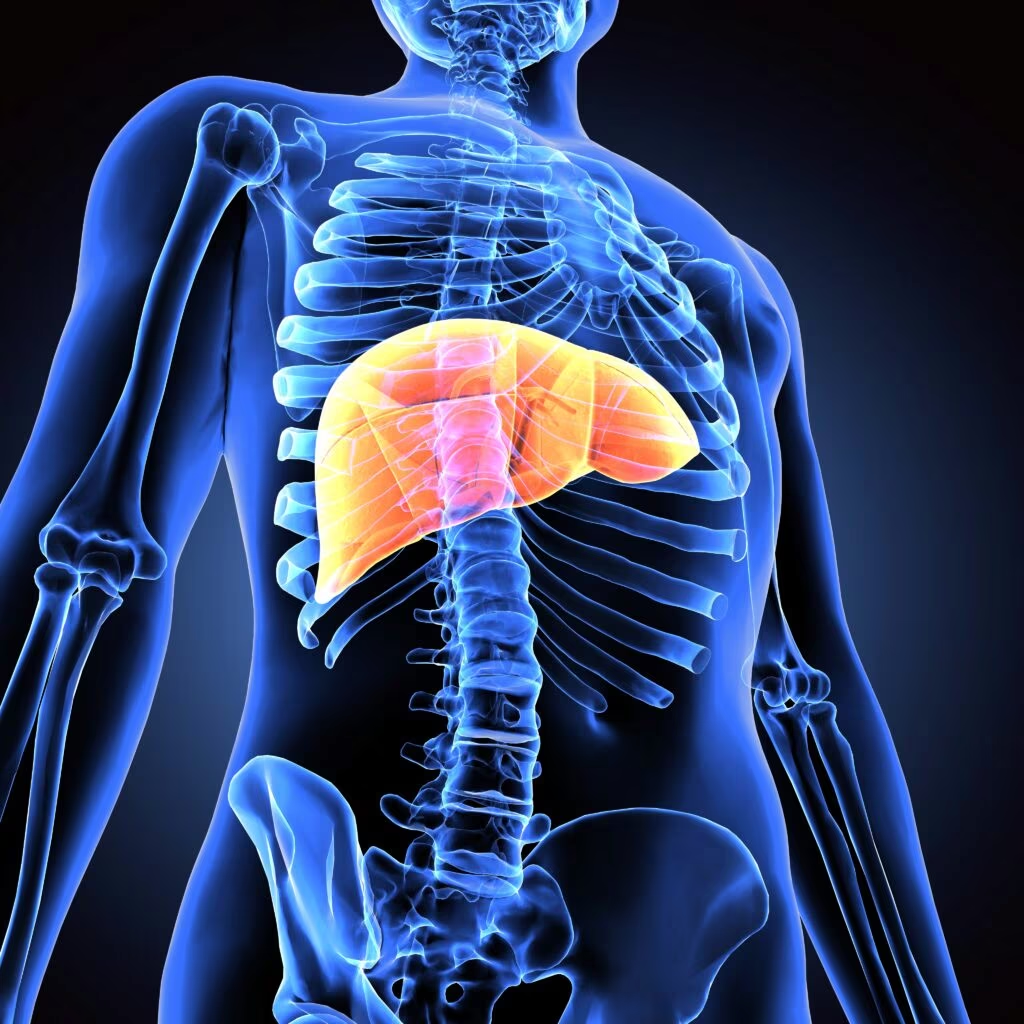
Article Highlights This study aims to find an effective and affordable biomarker panel for early non-alcoholic fatty liver disease (NAFLD) detection in Indian women with morbid obesity, given the rising prevalence of NAFLD and limited accessibility of ultrasound sonography (USG) ...
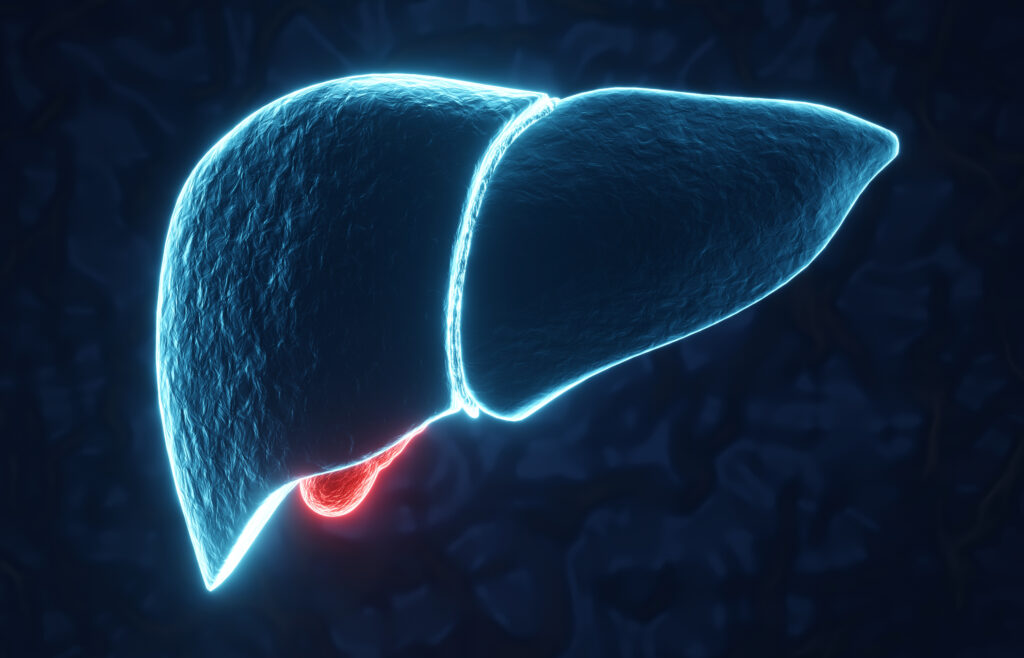
Article highlights There is growing clinical importance attributed to the development of metabolic dysfunction-associated steatotic liver disease in people with type 2 diabetes (T2D). Numerous international groups now advocate screening for advanced fibrosis in people with risk factors, such as ...
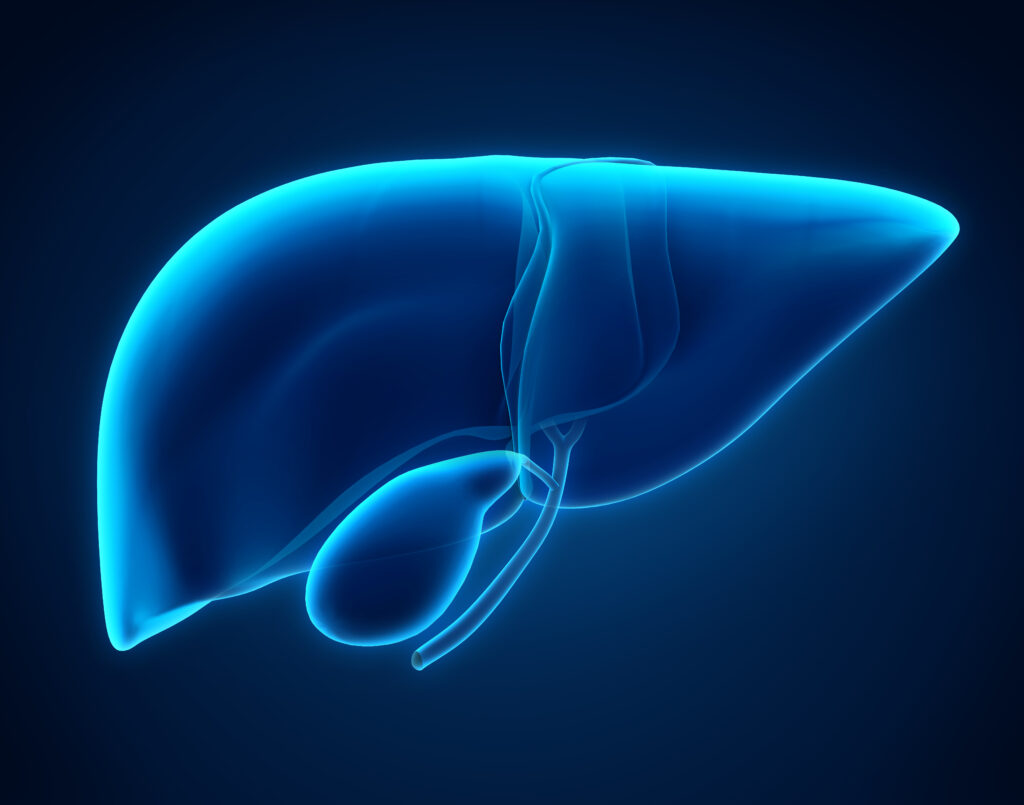
Hepatic steatosis is the liver manifestation of metabolic syndrome and a common cause of chronic liver disease. Nonalcoholic fatty liver disease (NAFLD) diagnosis relies on the presence of hepatic steatosis, defined as >5% fat accumulation in the liver, as observed ...

Type 2 diabetes (T2D) continues to pose an ever-greater global health challenge, with 1.31 billion individuals predicted to be living with diabetes globally by 2050; the majority of whom will have T2D.1 Closely linked to T2D is metabolic dysfunction-associated steatotic ...

There has been an exponential increase in the global prevalence of obesity over the past few decades because of adverse lifestyle choices, such as physical inactivity and overconsumption of macronutrients. The obesity pandemic has contributed to more than 50 different disorders ...

Liver conditions are often misunderstood, mischaracterized and stigmatized, which results in under-diagnosis, under-treatment and unnecessarily poor outcomes worldwide. The Global Liver Institute (GLI) "Liver Health is Public Health" initiative aims to respond to this unmet need and educate the public ...

Non-alcoholic fatty liver disease (NAFLD) encompasses a spectrum of fatty liver diseases, including non-alcoholic fatty liver (NAFL) and non-alcoholic steatohepatitis (NASH).1 NAFLD is associated with metabolic disorders, including obesity, hypertension, dyslipidaemia, type 2 diabetes mellitus (T2DM), hypothyroidism and metabolic syndrome.2 ...

Polycystic ovary syndrome (PCOS) is a very common disease, with an incidence of 5−21% in women during their fertile life (18–45 years of age) worldwide.1 PCOS is clinically diagnosed when two of the three 2003 Rotterdam consensus criteria are met: (i) chronic anovulation ...

Non-alcoholic fatty liver disease (NAFLD), which impacts an estimated 25% of the world’s adult population,1–3 is the principal cause of chronic liver disease globally. NAFLD as a whole represents a pathological spectrum of liver injury, spanning from simple steatosis to ...

touchENDOCRINOLOGY spoke with Camilla Dably Hansen (Odense Hospital, Denmark) about the findings from the recent 6-month randomised controlled trial investigating the impact of a non-calorie restricted, low carbohydrate, high fat diet on nonalcoholic fatty liver disease (NAFLD) activity score (NAS) ...

Nonalcoholic steatohepatitis (NASH) has a relatively short history as a recognized health condition. The terminology for NASH and its precursor nonalcoholic fatty liver disease (NAFLD) date back to only the 1980s1. As a young disease, the stakeholders from throughout the ...

touchENDOCRINOLOGY joins Prof. Quentin Anstee (Newcastle University, UK) at the Digital NAFLD Summit 2021 to discuss his highlights from the conference and new, exciting developments in the field. Questions 1. Please summarise the prevalence of non-alcoholic fatty liver disease (NAFLD) and the ...

Non-alcoholic fatty liver disease (NAFLD) consists of non-alcoholic fatty liver (NAFL) and non-alcoholic steatohepatitis (NASH). It is unclear which specific patients progress from NAFL to NASH and, ultimately, to cirrhosis. However, there is general consensus that, for those patients who ...
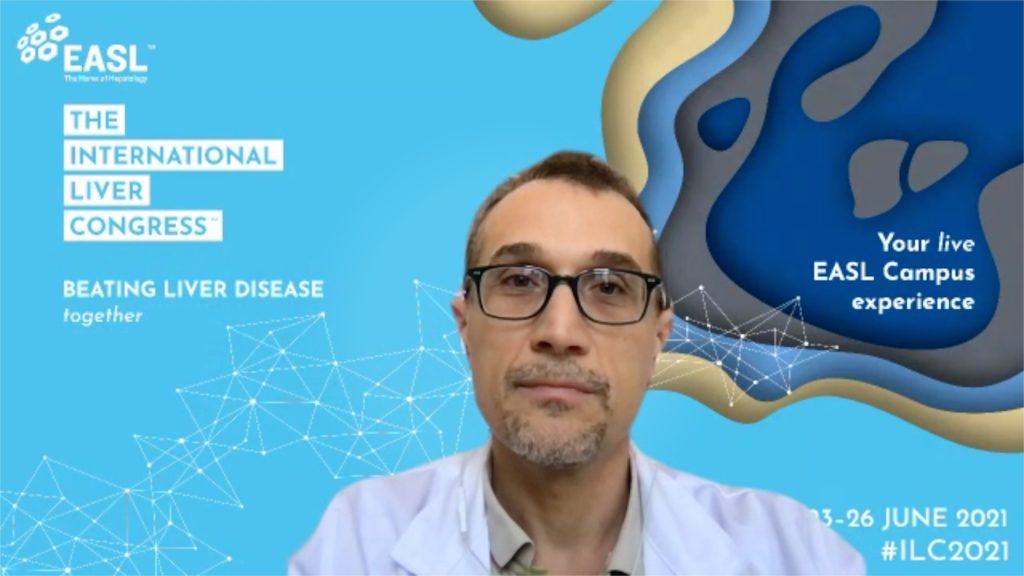
TouchENDOCRINOLOGY joins Prof Luca Valenti (University of Milan, Italy) at the Digital NAFLD Summit 2021 to discuss his hopes for the conference and the most exciting new developments in the field of non-alcoholic fatty liver disease (NAFLD). Questions Could you give ...

Non-alcoholic fatty liver disease (NAFLD) is the most frequent cause of chronic liver disease globally; it is histologically classified into non-alcoholic fatty liver (NAFL) and non-alcoholic steatohepatitis (NASH).1 NAFL is characterized by the presence of >5% of hepatic steatosis without ...
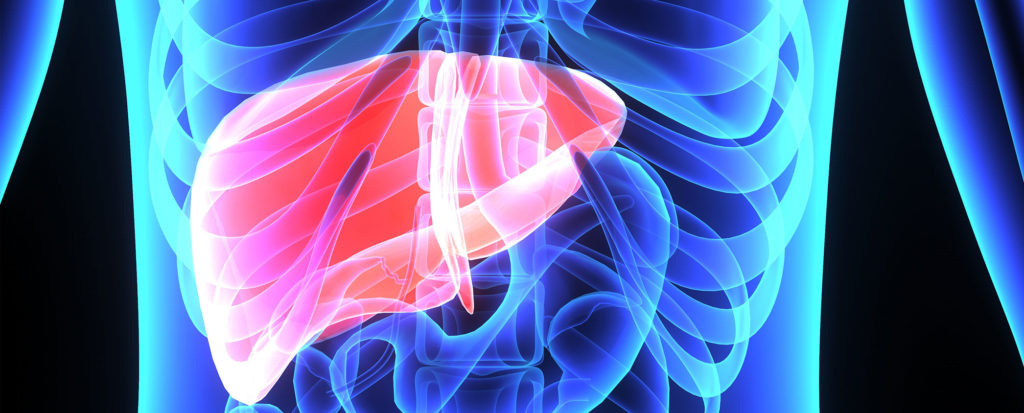
The prevalence of obesity is rapidly increasing across the world. In India, about 12.6% women and 9.3% men are obese, amounting to more than a 100 million population.1 Obesity, which was earlier considered to be a growing problem only in metropolitan cities, is ...

‘Palaeolithic’ refers to the period of history of the genus Homo, beginning more than 2 million years ago when humans began to cultivate plants (predominantly cereal grains) and domesticate animals. They lived as hunter-gatherers, eating wild-animal-sourced foods (lean meats, internal organs, ...
Latest articles videos and clinical updates - straight to your inbox
Log into your Touch Account
Earn and track your CME credits on the go, save articles for later, and follow the latest congress coverage.
Register now for FREE Access
Register for free to hear about the latest expert-led education, peer-reviewed articles, conference highlights, and innovative CME activities.
Sign up with an Email
Or use a Social Account.
This Functionality is for
Members Only
Explore the latest in medical education and stay current in your field. Create a free account to track your learning.


